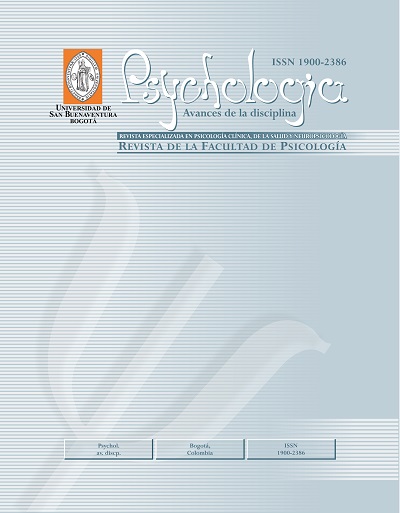This journal provides open, immediate access to its contents, based on the principle that offering the public free access to research helps to promote a higher global exchange of knowledge.
As such, all journal articles are published under a Creative Commons Attribution-NonCommercial-ShareAlike 4.0 International License (CC BY-NC-SA), by which commercial use of the original work or its possible derived works is not allowed, and the distribution thereof must be done with the same license elements regulating the original work.
http://creativecommons.org/licenses/by-nc-sa/4.0/
Abstract
The aim of this study was to describe the individual elements that configure the school safety perception in middle school students. We designed a qualitative study, with a systemic and ecological approach. Using a theoretical sampling, we included 22 students, 50% man with an age from 12 to 16 years old, who participated in a focus group, previous informed consent from the parents. The session was videotaped, the data was transcribed and analyzed using content analysis with the program MAXQDA 18. We identified four categories of factors that configure the student’s school safety perception: 1) school conditions (physical and organizational); 2) elements related to teachers; 3) elements related to peers; and 4) elements related to parents. The findings suggest that the school ́s physical and organizational conditions have an important role in the configuration of the school safety perception. Likewise, the closeness and support received by actors from the school context (teachers, parents and peers) favor a more positive perception of school safety.
Key words: School safety, perceptions, adolescents, qualitative research, focus group





















